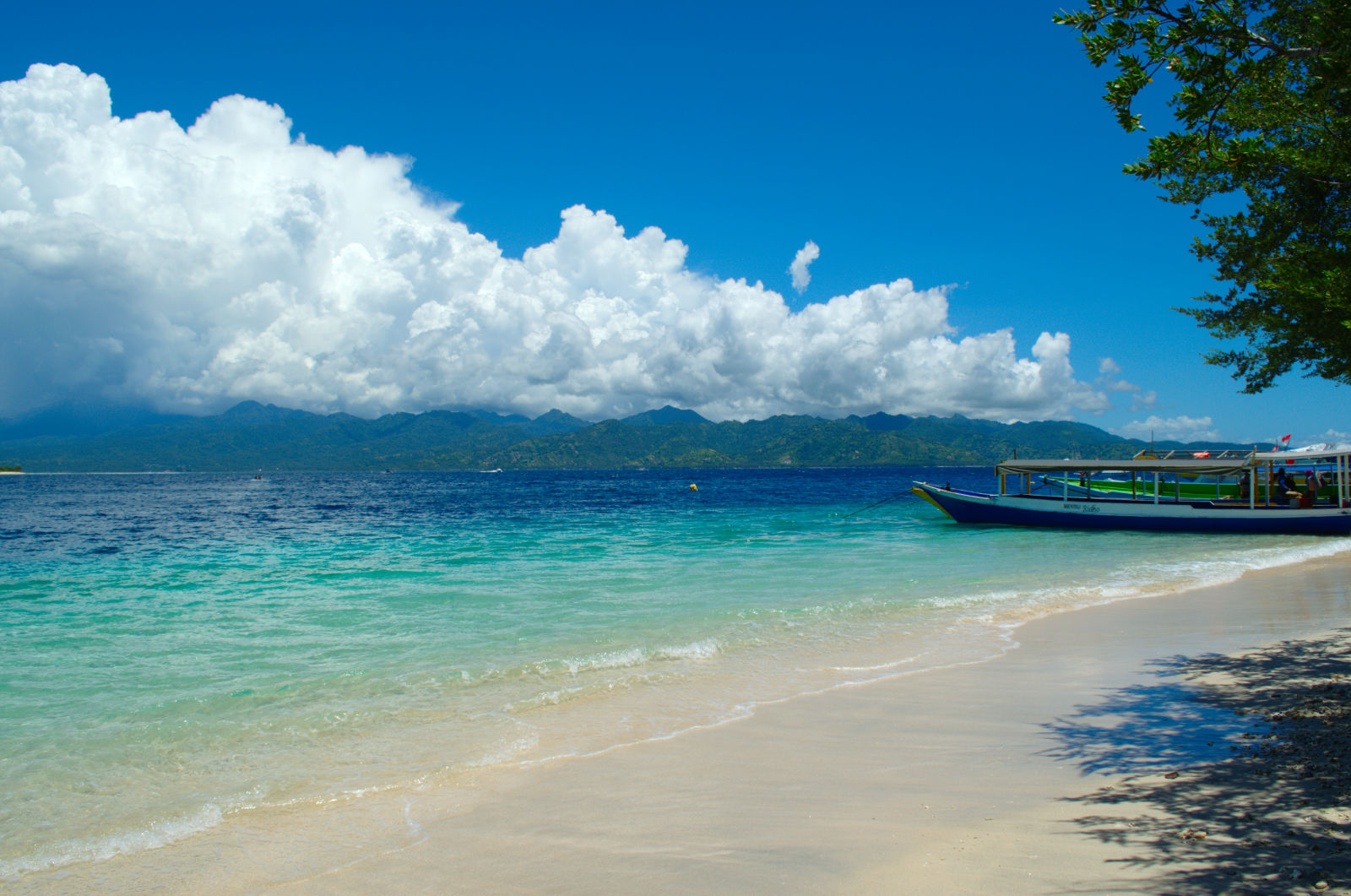By David Jacobson, M.Sc., Temblor
Click here to protect yourself from natural disasters

Over the last 3.5 weeks an earthquake swarm, which has consisted of four M=6+ earthquakes, including two M=6.9 quakes, has rattled the Indonesian island of Lombok, just east of Bali. In total, approximately 500 people have died and nearly 500,000 people have been displaced. The worst of the earthquakes, a M=6.9 on August 5th, also forced the evacuation of more than 10,000 people from Lombok, and another 1,000 from the nearby Gili Islands.

Earthquakes can promote further activity
While the sequence of earthquakes began on July 29, by examining the first of the M=6.9 shocks on August 5th, we can, using Coulomb stress analysis, assess whether the more recent quakes were promoted. In the figure below, a Coulomb stress analysis from the initial M=6.9 quake is shown. The gold star shows the location of the epicenter, while the gray star marks the location of the second M=6.9 quake on August 19th. What this shows is that the second M=6.9 earthquake was very strongly promoted by the first, as were numerous large aftershocks. Therefore, what this highlights is how one earthquake can help trigger another large magnitude event.

What is causing the swarm and is it surprising?
Tectonically-speaking, this ongoing swarm appears to have occurred on or near the Flores Back-Arc Thrust. This structure is related to the compression at the Java Trench to the south, and means that Lombok and eastern Bali are flanked by seismicity. Another interesting characteristic of this region is that it is a volcanic arc, formed due to subduction at the Java Trench. And, on the island of Lombok, the highly-active Mt. Rinjani provides a go-to tourist destination. While there has been no recent activity at the volcano, it is possible that nearby magmatic gases and fluids beneath the volcano could lubricate faults, making them more likely to rupture. This is not necessarily why the recent swarm began, but it is a possibility.

Another hypothesis is that periodically the Flores Back-Arc Thrust undergoes a large episode of fault creep. Supporting this theory is that a similar earthquake swarm struck just to the west in 1979. The USGS map below shows M=6+ earthquakes in the area around Bali and Lombok. The events in 1979 occurred at the westernmost extent of the Flores Back-Arc Thrust and perhaps suggest that the region is susceptible to damaging swarms. Therefore, such activity cannot be considered surprising.

One aspect of the sequence that can at least be considered relatively surprising is the magnitude of the two largest events (M=6.9). Based on the Global Earthquake Activity Rate (GEAR) model, which is available in Temblor, we can see that such magnitudes are not likely in your lifetime. This model uses global strain rates and the last 40 years of seismicity to forecast the likely earthquake magnitude in your lifetime anywhere on earth. And, from the map below, one can see that in the area around the swarm, that magnitude is M=6.5-6.75.

References
USGS
EMSC
New York Times
GLOBAL VOLCANISM PROGRAM · DEPARTMENT OF MINERAL SCIENCES · NATIONAL MUSEUM OF NATURAL HISTORY · SMITHSONIAN INSTITUTION
- Beware quiet segments of the Philippine Fault - May 16, 2025
-
ډیری عوامل افغاني ټولنې د زلزلې پر وړاندې زیانمنوي
- August 11, 2022 - What’s happening this week in Humboldt County, California: The squeeze - February 6, 2019
